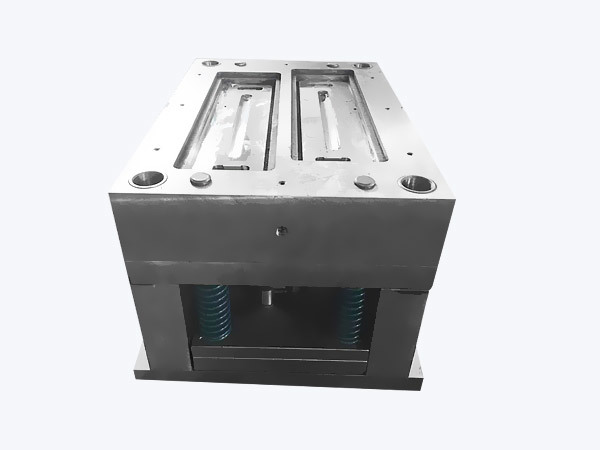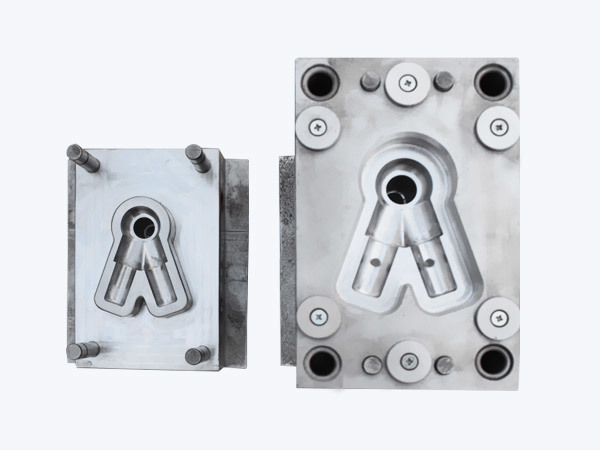Fast delivery
Global supplier
Innovative solutions
The Ultimate Guide to Choosing the Best FRP Pultrusion Die
Jul 06,2025
When it comes to selecting the best FRP pultrusion die, understanding its role in the manufacturing process is crucial. FRP (Fiber Reinforced Polymer) pultrusion is a continuous process that produces composite materials with high strength-to-weight ratios, making them ideal for various applications, from construction to automotive industries. The die is a vital component of this process as it shapes and cures the composite materials into the desired profiles.
To identify the best FRP pultrusion die, consider several key factors. First, the material composition of the die itself is essential. Common materials include steel and aluminum, each with its advantages. Steel, being more durable, is suitable for high-volume production, while aluminum offers excellent thermal conductivity, which can be beneficial for some applications.
Another critical aspect to consider is the design of the die. The die needs to be engineered to meet specific geometrical requirements while ensuring that the resin flows evenly through the mold. This uniform flow is vital for achieving the desired mechanical properties in the final product. A well-designed die minimizes defects and enhances production efficiency, ultimately leading to higher quality outputs.
Temperature control is also an important feature of the best FRP pultrusion die. The curing process must be carefully managed to ensure that the resin hardens correctly. A die equipped with temperature regulation mechanisms can help maintain consistent curing conditions, which is crucial for producing reliable and durable composite materials.
Additionally, think about the maintenance and cleaning requirements of the FRP pultrusion die. An efficient die should allow for easy cleaning to prevent build-up of resin, which can negatively impact production cycles. Selecting a die with a design that facilitates maintenance can significantly reduce downtime and enhance productivity.
Furthermore, collaborating with experienced engineers during the selection process can provide insights into the best practices for choosing a die suitable for your specific production needs. Engaging with experts can also help in customizing a die that aligns perfectly with your operational goals.
In conclusion, choosing the best FRP pultrusion die involves careful consideration of material composition, design, temperature control, and ease of maintenance. By understanding these factors, manufacturers can enhance their production processes and achieve high-quality composite materials that meet industry demands.
To identify the best FRP pultrusion die, consider several key factors. First, the material composition of the die itself is essential. Common materials include steel and aluminum, each with its advantages. Steel, being more durable, is suitable for high-volume production, while aluminum offers excellent thermal conductivity, which can be beneficial for some applications.
Another critical aspect to consider is the design of the die. The die needs to be engineered to meet specific geometrical requirements while ensuring that the resin flows evenly through the mold. This uniform flow is vital for achieving the desired mechanical properties in the final product. A well-designed die minimizes defects and enhances production efficiency, ultimately leading to higher quality outputs.
Temperature control is also an important feature of the best FRP pultrusion die. The curing process must be carefully managed to ensure that the resin hardens correctly. A die equipped with temperature regulation mechanisms can help maintain consistent curing conditions, which is crucial for producing reliable and durable composite materials.
Additionally, think about the maintenance and cleaning requirements of the FRP pultrusion die. An efficient die should allow for easy cleaning to prevent build-up of resin, which can negatively impact production cycles. Selecting a die with a design that facilitates maintenance can significantly reduce downtime and enhance productivity.
Furthermore, collaborating with experienced engineers during the selection process can provide insights into the best practices for choosing a die suitable for your specific production needs. Engaging with experts can also help in customizing a die that aligns perfectly with your operational goals.
In conclusion, choosing the best FRP pultrusion die involves careful consideration of material composition, design, temperature control, and ease of maintenance. By understanding these factors, manufacturers can enhance their production processes and achieve high-quality composite materials that meet industry demands.
PREVIOUS:
Contact Us
Tel:
+86017717930013 +86013621742959
Email:
Address:
No.99 Denggao Road, Motou Town, Rugao City, Jiangsu Province, China.








